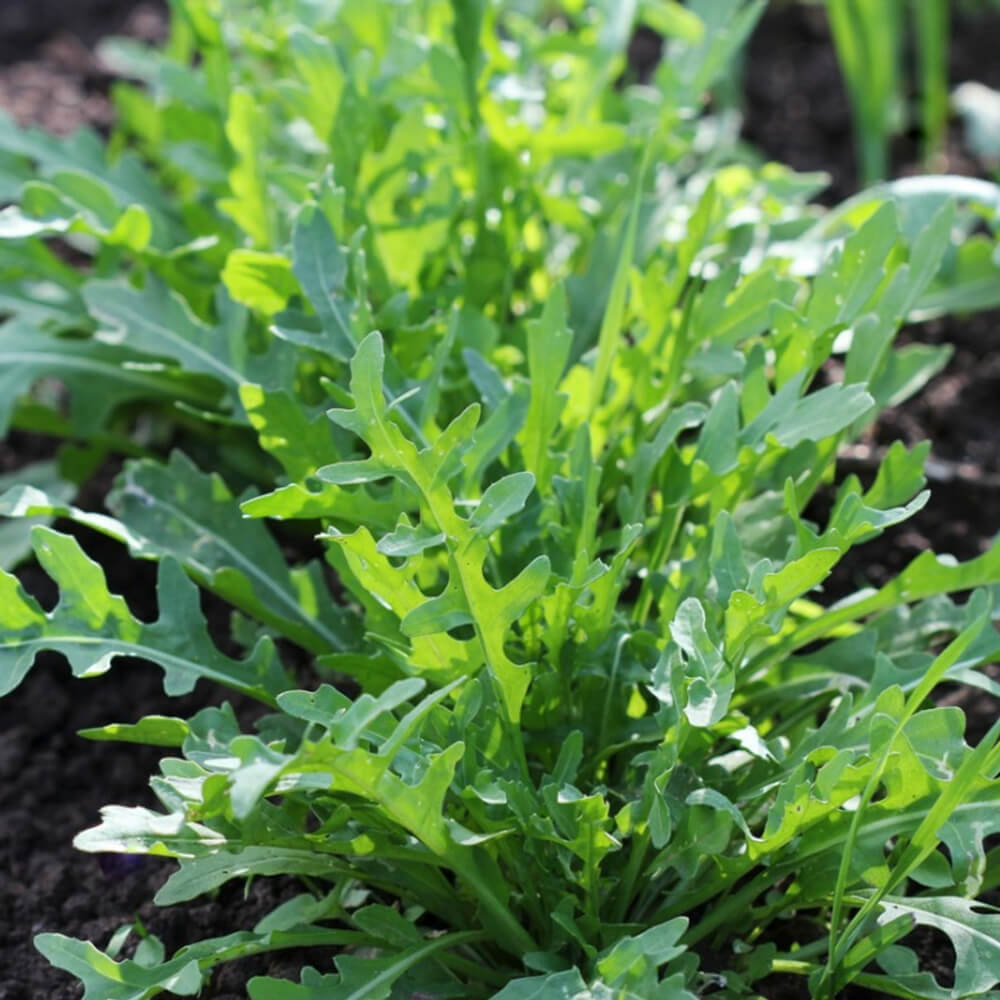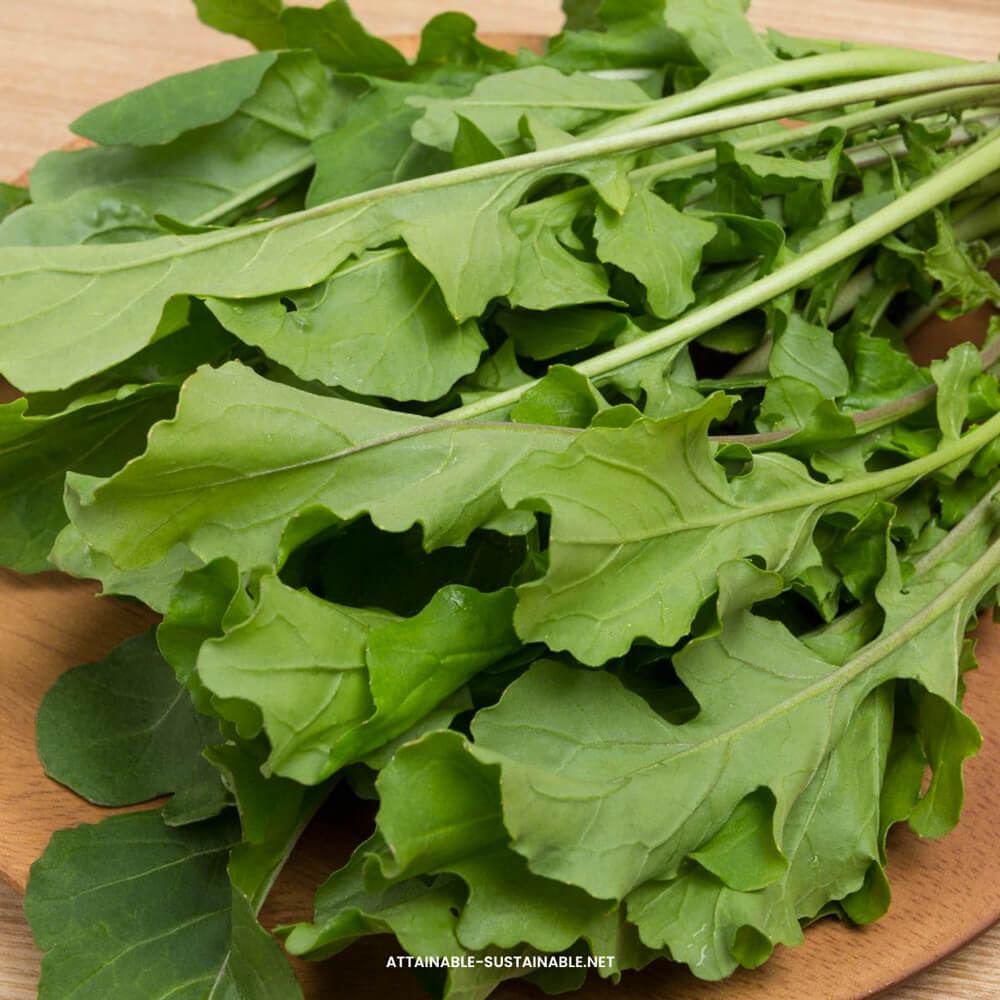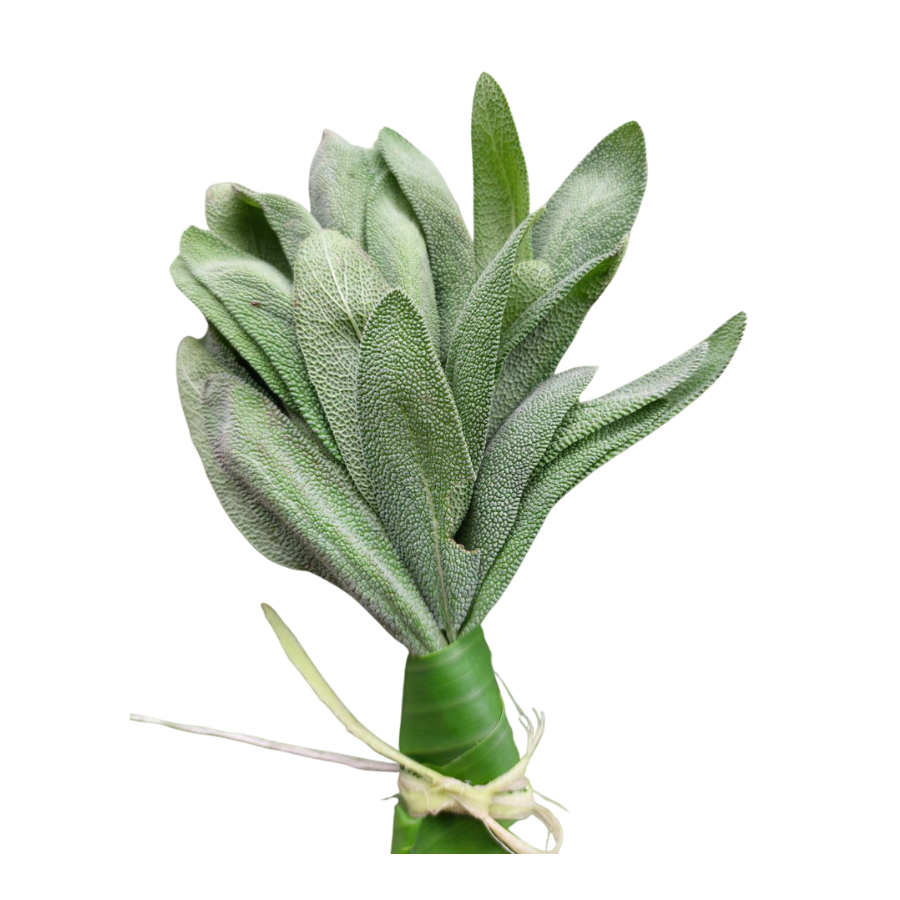The leaves of arugula are typically dark green, long, and jagged in shape, and they have a tender yet slightly crunchy texture. Arugula’s bold, peppery flavor is its most distinctive characteristic, and it can range from mild to more intense depending on its age and growing conditions. The younger leaves tend to have a milder, more delicate flavor, while older, mature leaves can be much spicier.
Arugula is often used raw in salads, where it pairs well with other greens like spinach or mixed lettuce, as well as with fruits, cheeses (especially Parmesan or goat cheese), nuts, and vinaigrettes. Its peppery flavor makes it a perfect complement to sweeter ingredients like pears, apples, or dried fruits. Arugula is also used as a topping for pizzas, in sandwiches, wraps, or as a garnish for soups and pastas.
In addition to its culinary uses, arugula is highly nutritious. It is an excellent source of vitamins A, C, and K, as well as folate, calcium, iron, and potassium. Arugula is low in calories, making it an ideal choice for those looking to add flavor and nutrition without adding significant calories to their diet. Its high vitamin K content supports bone health, while the antioxidants in arugula, such as beta-carotene and flavonoids, help to combat inflammation and oxidative stress.
The health benefits of arugula go beyond its rich nutrient profile. It contains compounds known as glucosinolates, which are thought to have cancer-fighting properties by supporting the body’s detoxification processes. Arugula also promotes good digestion due to its high fiber content, and its high water content helps with hydration.
Arugula is easy to grow and is a cool-season crop, thriving in temperate climates. It can be grown in gardens or containers, and the leaves are typically harvested young for the best flavor. As a fast-growing plant, arugula can be ready for harvest in just a few weeks after planting.






